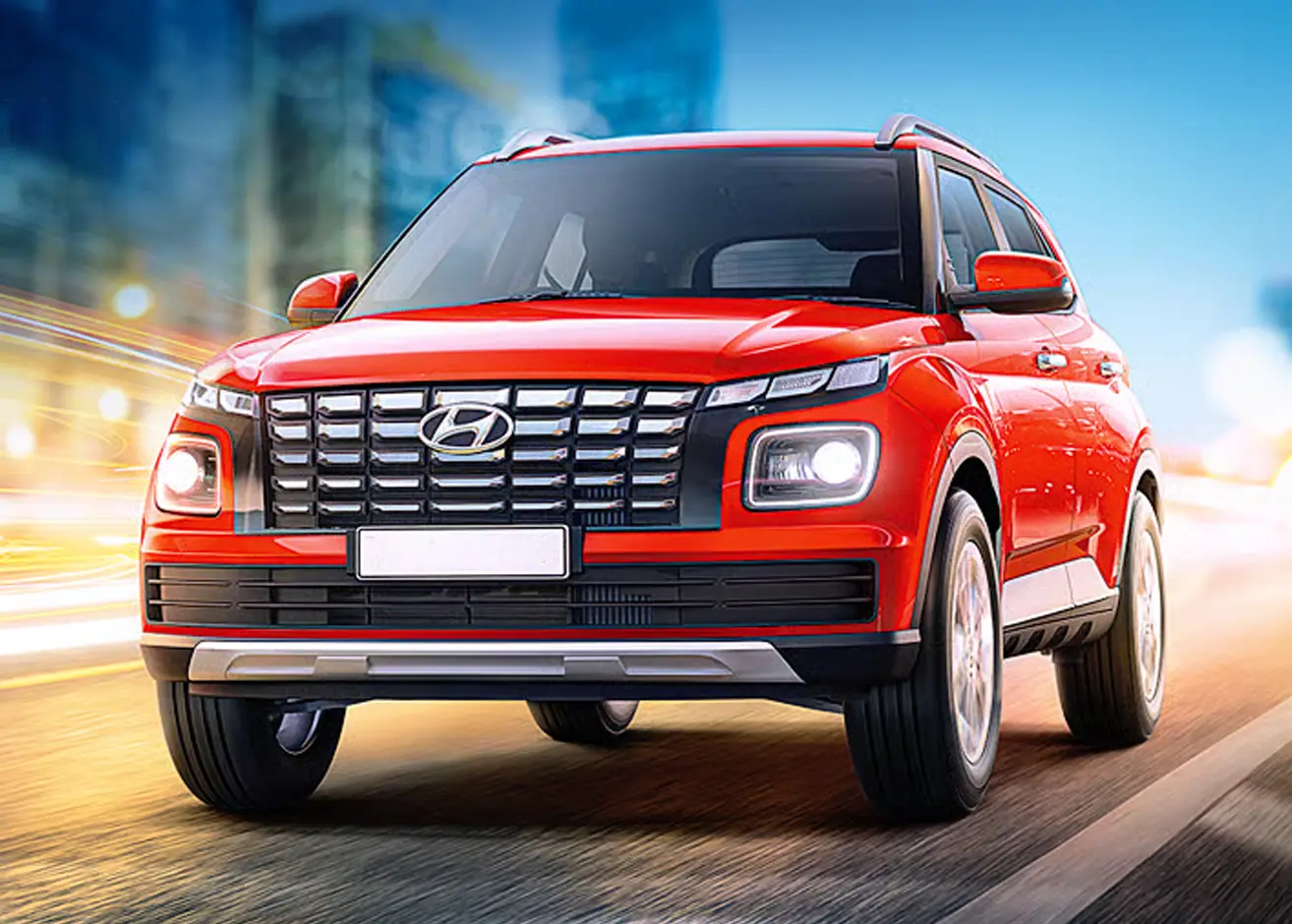

How to Increase Mileage of Hyundai Venue?
- 1Venue mileage varies from 17.5–23.4 kmpl based on engine & transmission
- 2Boost city mileage with light throttle, AC control & DCT cooling tricks
- 3Highway mileage goes up with iMT upshifts, RPM management, and tyre pressure tuning
The Hyundai Venue has become a solid choice in the compact SUV segment as a feature-loaded, city-friendly, and stylish option. But whether you’re rocking the 1.2L petrol for city drives, the 1.0L turbo with DCT or iMT, or the diesel variant for long commutes, one thing that matters to every buyer is the Venue mileage.
ARAI claims up to 23.4 kmpl for the diesel model, while petrol variants deliver 17.5 kmpl. But just like any other car, actual numbers can drop if you’re stuck in peak-hour traffic, lugging heavy cargo, or riding the throttle a bit too hard. This blog will help you uncover engine-specific tips, driving habits, and conditions that can help you squeeze out better fuel efficiency from your Venue.
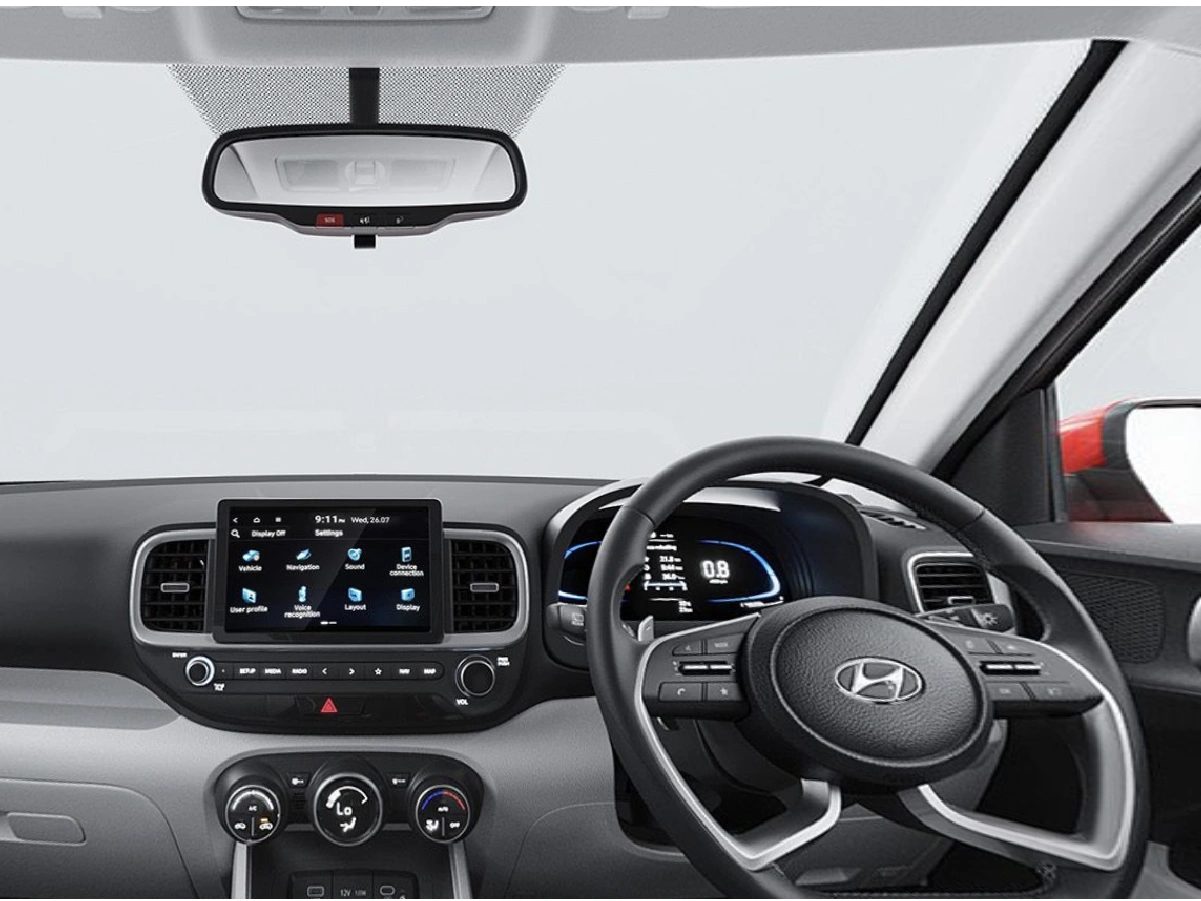
ARAI-Certified Venue Mileage: Petrol, Turbo, Diesel
Here is a quick overview of the official Venue mileage numbers across variants and transmission types:
| Variant | Fuel Type | Transmission | ARAI Mileage |
| 1.2L NA Petrol | Petrol | Manual | 17.5 kmpl |
| 1.0L Turbo GDi Petrol | Petrol | iMT / DCT | 17.5 kmpl |
| 1.5L CRDi Diesel | Diesel | Manual | 23.4 kmpl |
ARAI figures are generated in perfect conditions, which include zero traffic, low weight, and controlled conditions. In the real world, numbers will typically be around 80% of what ARAI says.
Venue City Mileage
Daily traffic, red light every 100 metres, and crawling at 10kmph, if this describes most of your regular driving schedule, then your Venue mileage is bound to take a hit. This is what the majority of the users experience in real-life city use:
- 1.2L Petrol Manual: 12–13 kmpl
- 1.0L Turbo Petrol: 12–14 kmpl
- 1.5L Diesel Manual: 16–18 kmpl
The figures above are with AC turned on approximately 50% of the time, moderate traffic and one or two occupants. Lower returns can be anticipated with hard acceleration or heavy loads.
Factors Affecting Venue City Mileage
Let’s dive into specific reasons why your Venue mileage takes a hit in daily city driving, based on engine type and variant.
1. Turbo Lag in Stop-Go Traffic
The 1.0L turbo petrol needs smooth throttle input. If you tend to accelerate hard from low speeds, the turbo kicks in late and guzzles more fuel. Using too much boost in traffic also lowers mileage.
2. DCT Transmission Overheating
The Venue’s 7-speed DCT is slick, but in bumper-to-bumper traffic, it tends to heat up and hold gears longer. This leads to inefficient shifts and fuel wastage unless you learn how to feather the throttle.
3. Low-RPM Lugging in iMT
Driving the iMT at too low an RPM (under 1500) in higher gears makes the engine work harder. That silent struggle increases consumption, especially in the 1.0L turbo.
4. Short-Haul Driving
If most of your drives are less than 5 km, the engine barely warms up. This is especially true for diesel owners. Cold starts result in poor combustion which lowers Venue mileage.
5. Overuse of Climate Control
The Venue’s AC is strong but power-hungry. In the turbo and diesel variants, prolonged use in crawling traffic draws from the engine load and can reduce mileage by 1–2 kmpl.
Improving Venue City Mileage
In order to get the most out of each fuel drop inside the city, here are some Venue-specific tips:
1. Use Auto Start/Stop Smartly
Most of the Venue models are equipped with idle auto stop. Leave it on when it is a long signal, then switch it off when you are in a dense stop-go area to avoid wasting the starter motor and putting the DCT under unnecessary load.
2. Shift at 2000–2200 RPM (Turbo / Diesel)
Keep an eye on the tachometer and upshift before the turbo boost kicks in too aggressively. In the case of diesel users, the sweet spot of efficient combustion without lag is 2200 RPM.
3. Light Throttle on DCT in Traffic
Avoid pressing hard on the accelerator. The DCT also favors steady, gradual inputs because excessive throttle causes it to downshift and rev up unnecessarily, burning fuel.
4. Warm Up Before Setting Off (Diesel)
Diesel engines run most efficiently when they have attained optimum temperature. To avoid excess burn, run the car idling for 30 to 60 seconds before driving.
5. Use Vent Mode or Pre-Cool with Key-On AC
Rather than turning on the AC at full blast during early morning hours, use the vent mode or pre-cool the car.
Venue Highway Mileage
The Venue may be compact, but on highways, it delivers big. There will be fewer stops, constant speeds, and smooth tarmac roads, which will significantly improve the fuel efficiency:
- 1.2L Petrol Manual: 17–18 kmpl
- 1.0L Turbo Petrol: 17–18 kmpl
- 1.5L Diesel Manual: 21–23 kmpl
These figures are based on moderate use of AC, cruising at 80-90kmph and light/mid-level loading.
Factors That Impact Venue Highway Mileage
When you’re out on the open road, here’s what can mess with your Venue mileage if not kept in check:
1. Over-Speeding Beyond 100 km/h
The Venue’s gearing, especially for the 1.2L petrol and DCT turbo, is tuned for efficiency between 80–90 kmph. Beyond that, the engine runs at higher revs and burns more fuel to overcome aerodynamic drag.
2. Driving in Higher Gears Too Early (iMT)
The iMT provides you with a manual-type control, but numerous drivers shift up gears prematurely in order to save fuel. Rather, wait until about 2000–2200 RPM before shifting.
3. Roof Carriers and Excess Load
Carrying a roof box, cycle rack, or heavy luggage? All that creates drag. That slight gain is capable of shaving off 1–2 kmpl from your highway numbers.
4. Underinflated Tyres on Long Trips
Underinflated tyres might be grippy, but they will make the Venue work harder. Low tyre pressure increases rolling resistance, which in turn decreases the overall fuel efficiency.
Improving Venue Highway Mileage
Ready to hit the open road with better numbers on your fuel log? Here’s how to increase your Venue mileage on long drives:
1. Stick to 85–90 km/h Cruise Speeds
Whether you're in the 1.0L turbo DCT or 1.5L diesel, the Venue returns peak efficiency when cruising steadily in 6th gear around 85–90 kmph. Use cruise control where available to maintain this sweet spot.
2. Check Wheel Alignment Before Trips
A slightly misaligned front wheel won't feel off during short drives, but over hundreds of km, it drags the vehicle sideways and drops mileage. Quick alignment check is recommended for better efficiency.
3. Limit Hard Acceleration for Overtakes
It’s tempting to floor it while overtaking, but if you’re not in the right gear, your Venue guzzles fuel unnecessarily. Downshift consciously (especially iMT users), complete the overtake, then ease off.
4. Keep Windows Up at High Speeds
Open windows disturb the aerodynamic balance of the Venue when it is driven at more than 70kmph. It adds drag, particularly to petrol versions, and reduces fuel consumption, which is even greater with the windows open.
Summary
If you’re looking to get more kilometres per litre (or per tank) out of your Venue, it all comes down to variant-specific driving habits, regular maintenance, and sensible utilisation of the auto start/stop, cruise control, and driving modes. Be it the frugal diesel or the nimble turbo petrol, these tips will make it easier to get better Venue mileage consistently without compromising on comfort or performance. Want to explore more budget-friendly options? Check out used Hyundai Venue models across fuel types on CARS24, from turbo petrol to diesel. There’s a variant that suits every driving style and fuel-saving goal.
Frequently Asked Questions
Expand all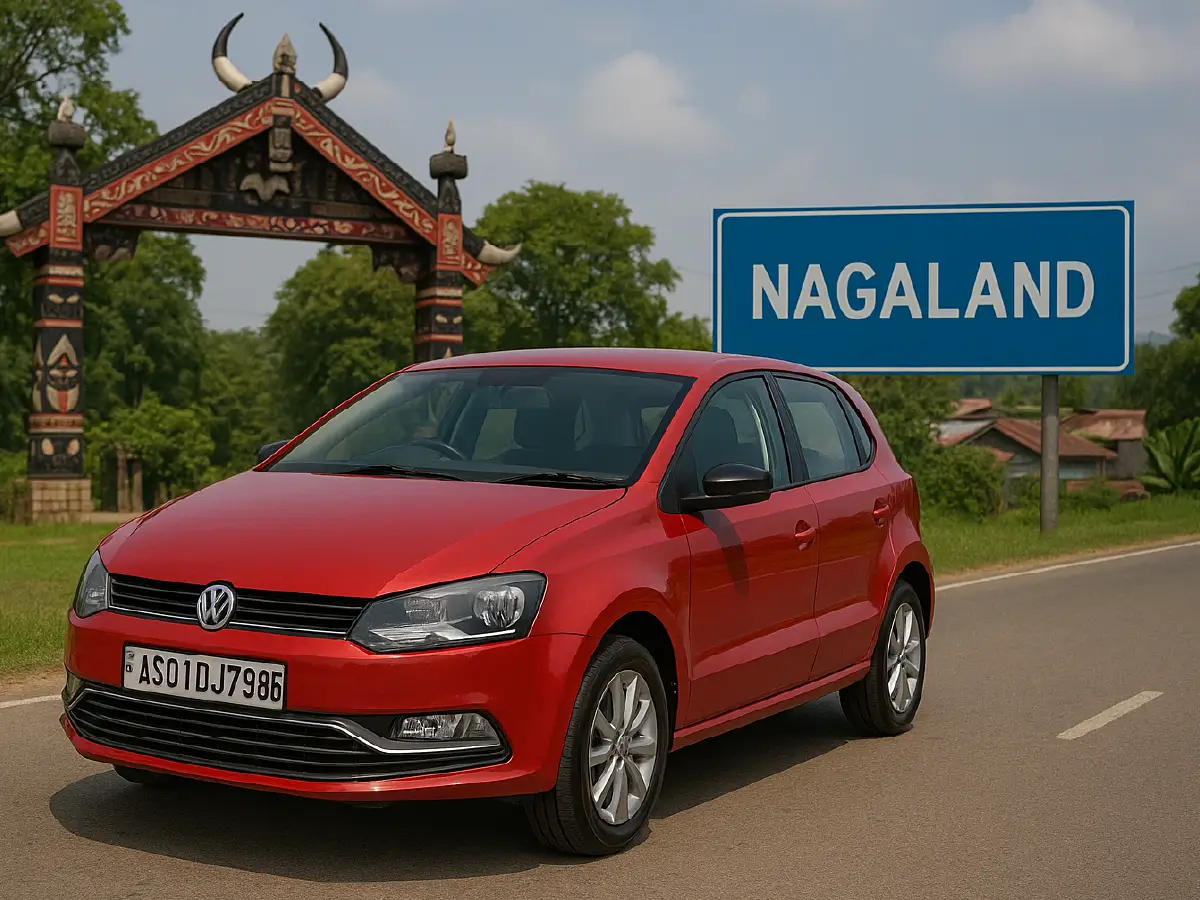

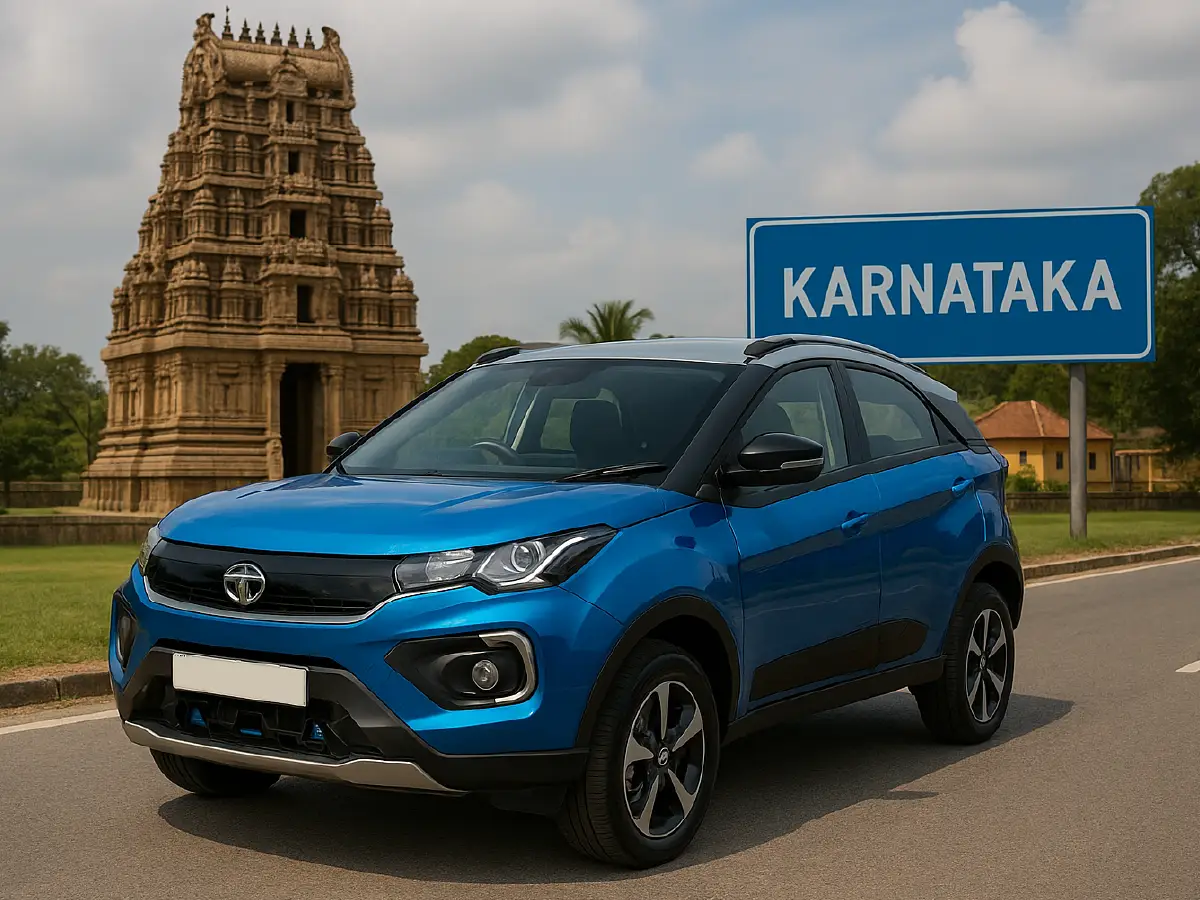



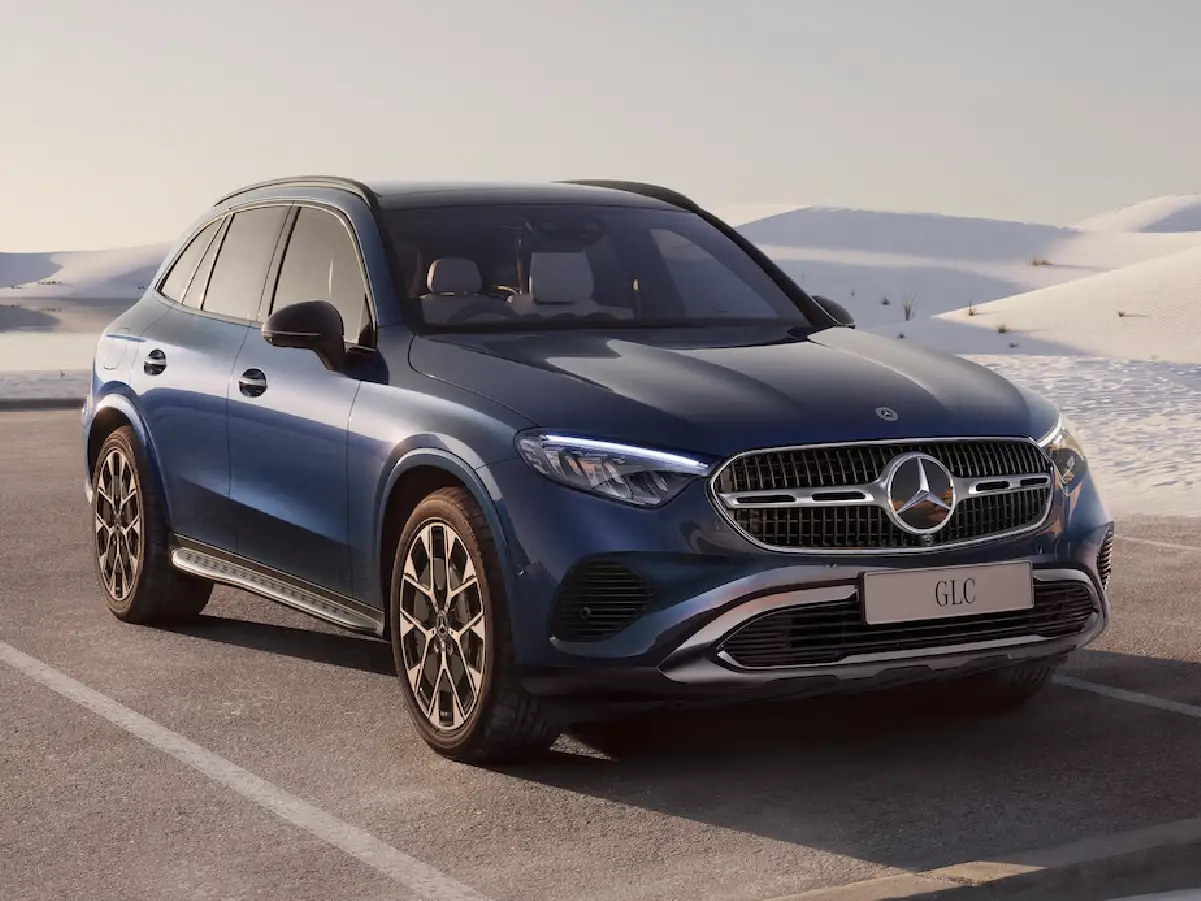

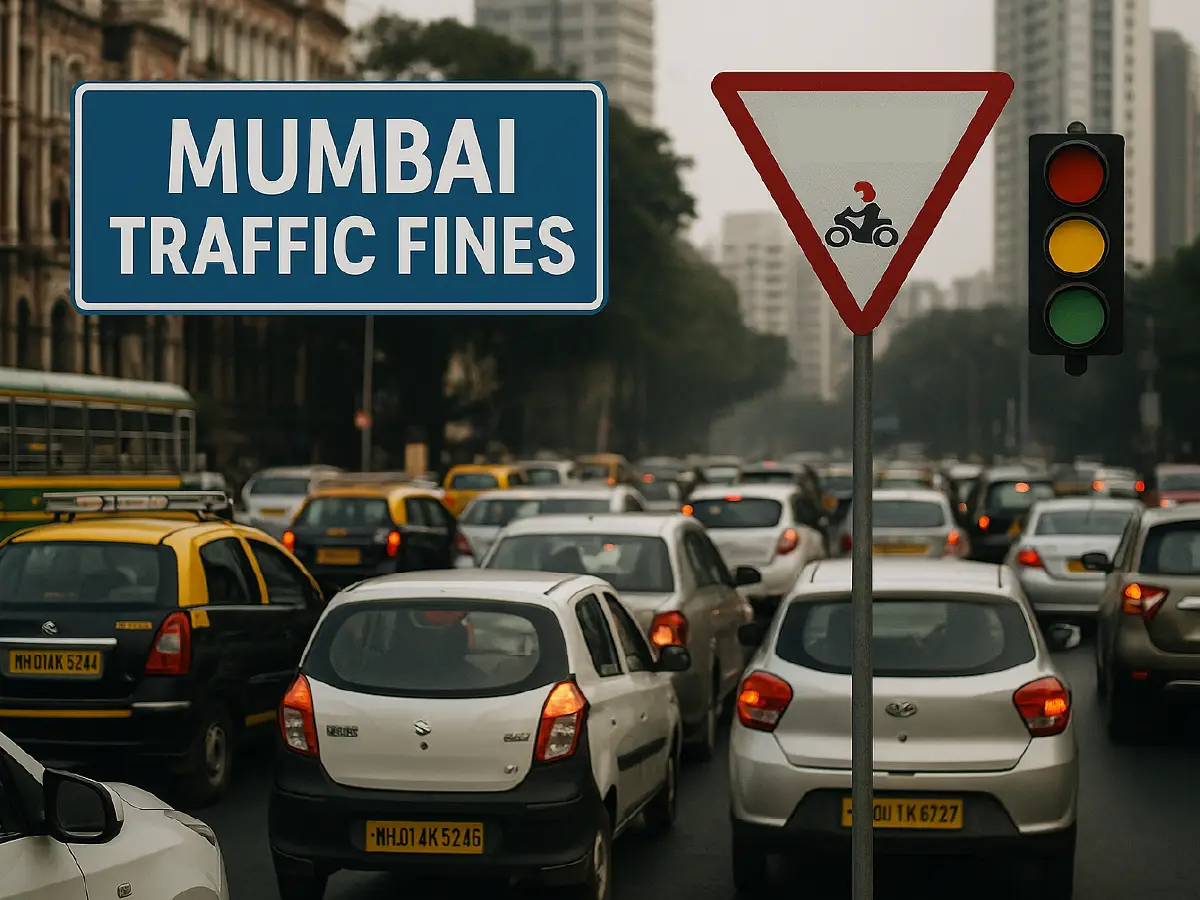














-(1).jpg)
.jpg)


.jpg)



.jpg)